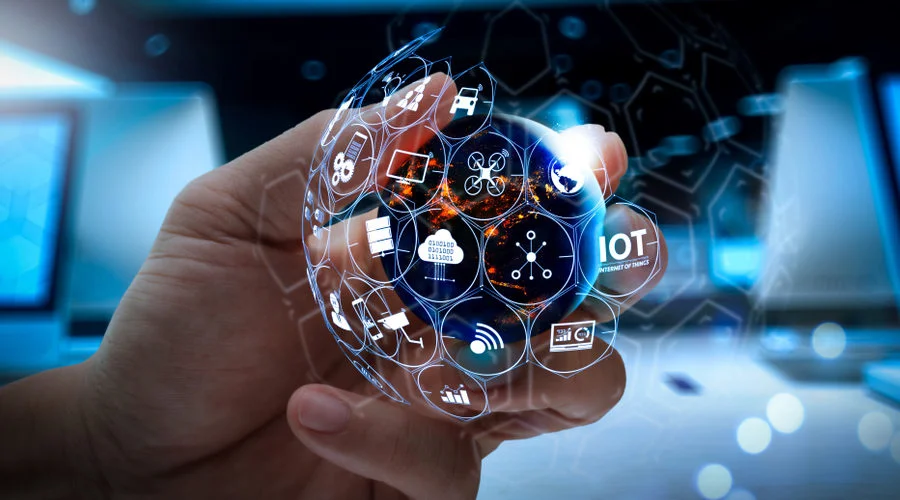
Future Technology and How it Will Change Our Lives
As technology continues to advance, the concept of futuristic technology is ever-changing. While we might imagine that all of the new products and services we will enjoy in the future will require cutting-edge technology, that doesn’t mean that we shouldn’t be excited about these products today. This article will explore several of these technologies and what they mean for our future. This article will also discuss how some of these technologies will make our lives easier and safer.
Advanced computer software will be able to process data in new ways, find patterns in data and take actions in response. This technology will allow for new ways to store and share information. It will be able to do tasks that would otherwise be impossible or impractical for humans to do. These computers will be able to do things that we can’t currently do – storing data securely, and even performing tasks like weather predictions. This means that we’ll need to reshape our workforce to accommodate these new technologies.
As the digital ecosystem continues to transition from a traditional SMAC model to a distributed ledger system, businesses will need to adjust to this new technology. Other emerging technologies are distributed ledger technology, artificial intelligence, extended reality, and quantum computing. By 2022, businesses should integrate DARQ technology. For example, Volkswagen is already cashing in on quantum computing, testing traffic flow optimization with a new car model, while advancing the battery development process.
The speed of machine learning, the digital sophistication of the human workforce, and the evolution of artificial intelligence are factors that will shape new technologies in the coming years. While the human workforce is already undergoing a disruptive digital transformation, the groundwork is only beginning. Cloud, analytics, and digital waves will help lay the foundation for future technologies. As humans continue to evolve, their skills and training will also change. It will be necessary to retrain workers in post-digital ways to ensure that their skills stay relevant.
The rise of new technologies will drive a significant change in regulation. In addition to the need for new policies, new technologies may help to solve existing problems by providing innovative ways to regulate certain activities. For example, algorithms using real-time data from traffic sensors could help adjust speed limits or improve the flow of vehicles in cities. Furthermore, future technologies will be able to collect and interpret massive amounts of data. In turn, this means that future technologies will help us target policies with increasing precision and adapt them to changing circumstances.
A similar development in the field of energy will help in reducing carbon dioxide emissions. The low-emissions coal technologies are on par with their alternatives. Ultimately, future technologies will be deployed depending on their suitability and the cost of carbon dioxide emissions. So, it is not too late to start preparing for a greener future. You might be surprised at the possibilities and benefits of this technology in the future. And who knows, perhaps the technology we use today is the technology of the future.







